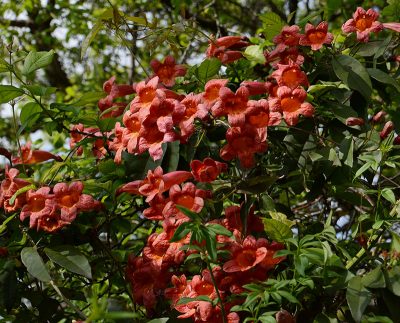What’s Behind a “Green Thumb?”
encore date: March 23, 2019
original air date: January 26, 2019
What’s the secret behind the proverbial green thumb? Science. Ph.D biologist and science writer Joe Hanson of PBS Digital Studios’ innovative online-first programs It’s Okay to Be Smart and Hot Mess (climate changes) explores how curiosity opens new adventures of knowledge. Daphne explains the science behind new red leaves on roses (and other plants) and how to tell the difference between fatal rose rosette disease. Find out how to grow native drought-tough crossvine to screen a fence and attract hummingbirds. Herb n’ Cowgirl Ann McCormick analyzes why foliar feeding doesn’t help your plants as much as root applications. On tour at Zilker Botanical Garden, David Mahler of Environmental Survey Consulting and architect Evan Taniguchi created a new riparian garden that illustrates how to grow native plants in shade, along stream beds, and in ponds.
Read the blog!








